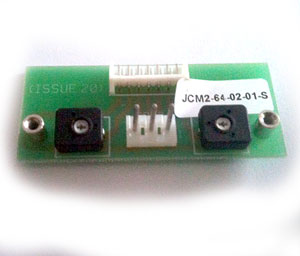ampmadscientist
Well-Known Member
Jeese, pin #2 is -52V.
Man, bring this thing to a qualified technican.
Ampmad the scientist, you should stop now.
I am a qualified technician.
And I am one hell of a lot more qualified than you are.
Remember this:
Iv'e repaired more guitar amps than you have seen in your entire life. I don't need any help from you.

